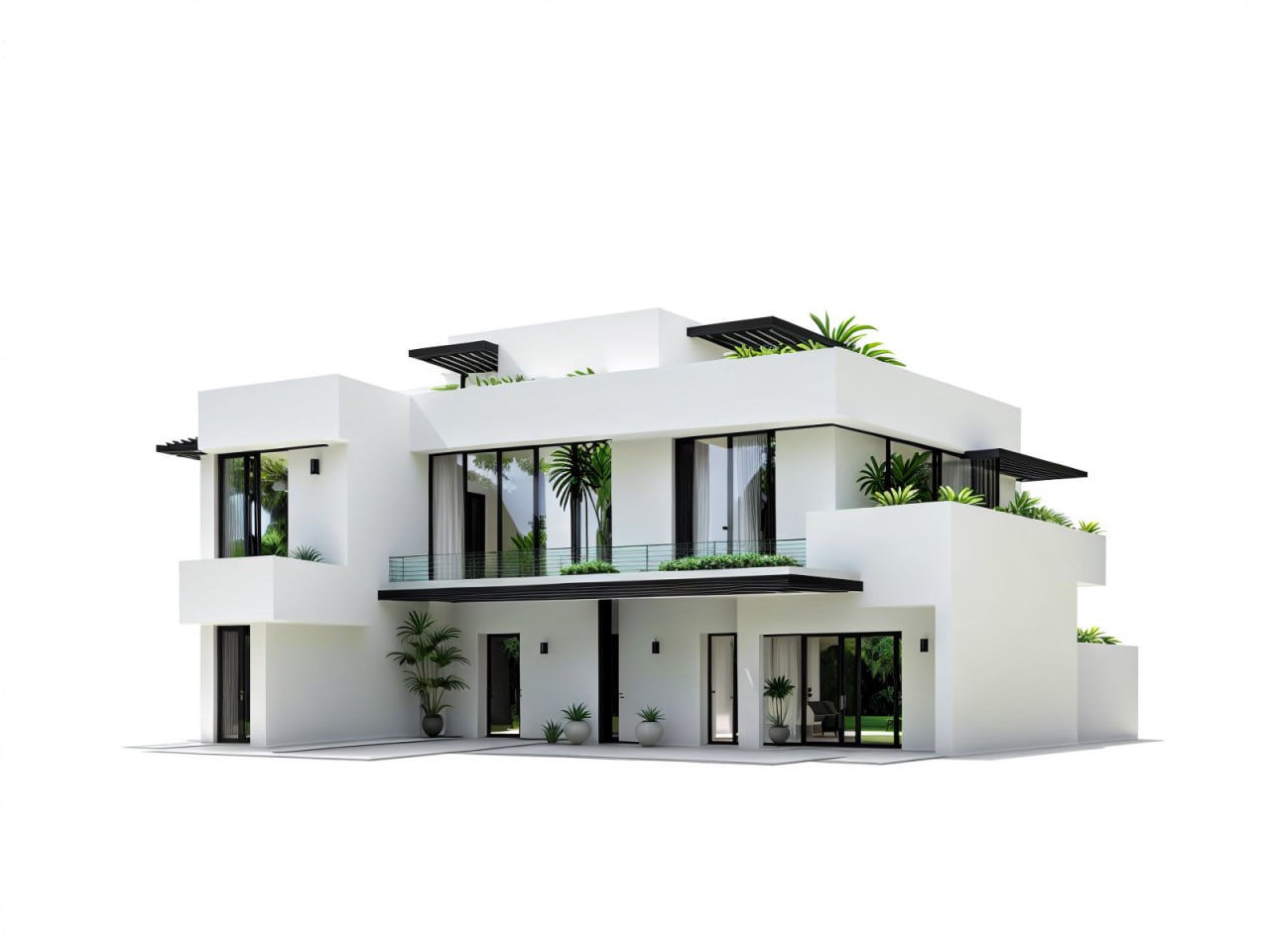
AI-Generated Imagery





Why ai design
AI design is transforming the way architects and designers conceptualize, plan, and execute projects. By integrating artificial intelligence into the design process, professionals can now generate innovative architectural solutions faster and more efficiently than ever before. AI-powered tools analyze vast amounts of data, recognize patterns, and produce design options based on parameters like site conditions, building codes, sustainability goals, and user needs. This results in smarter, more adaptive designs that align with both aesthetic and functional requirements.
One of the key uses of architectural AI design is rapid ideation. AI can instantly generate multiple design concepts, allowing architects to explore a wide range of styles and layouts in minutes rather than days. This speeds up the early design phase and opens up creative possibilities that may not have been considered manually. AI is also being used for optimizing building performance—analyzing factors like natural lighting, energy efficiency, and airflow to improve the sustainability of a structure before it’s even built.
In real estate and construction, AI-generated designs help reduce costs and time by streamlining workflows, minimizing human error, and automating repetitive tasks. Developers and clients can visualize smarter, more customized spaces tailored to specific needs. Architectural AI also enhances collaboration, offering a common platform where architects, engineers, and planners can interact with real-time data and intelligent suggestions.
As the industry evolves, architectural AI design is becoming essential for innovation and competitiveness. Whether it’s for residential housing, commercial spaces, or urban planning, AI-driven architecture delivers precision, creativity, and efficiency. Embracing artificial intelligence in architectural design isn’t just a trend—it’s the future of smart, sustainable building.
Projects
let’s create something extraordinary.
send Us A massage Now
-
Yerevan 47/1 Komitas Ave, Yerevan, Armenia
-
New York 5001 10th ave,Brooklyn NY 11219
-
Dubai we'll be there soon. wait for us.
